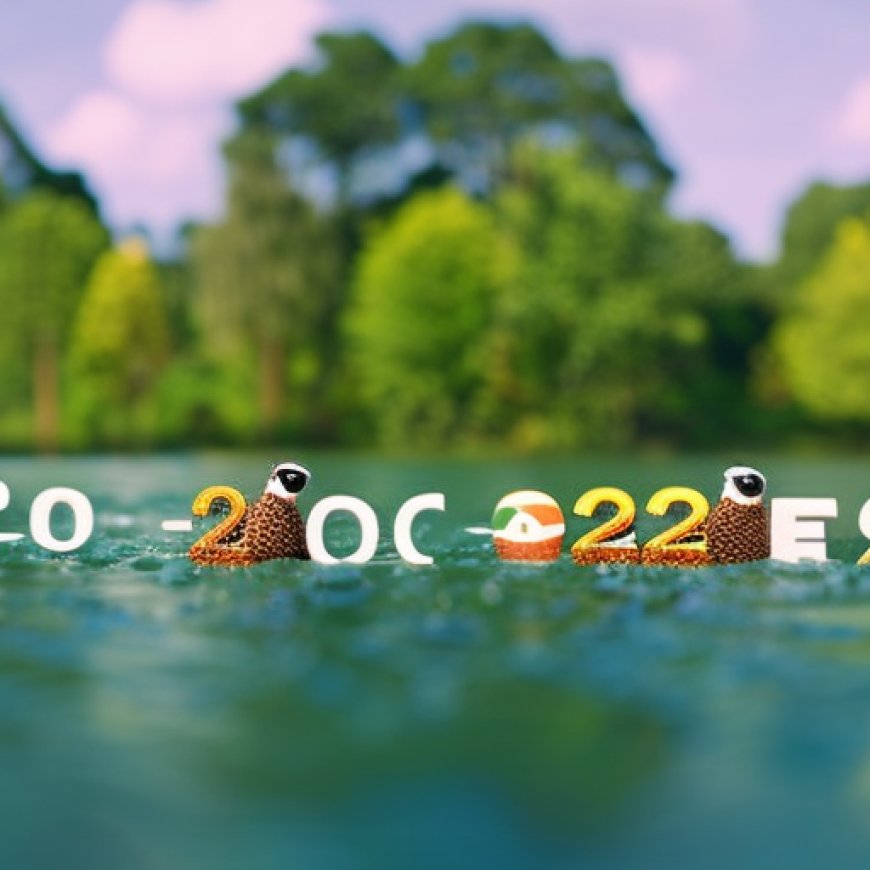COP16: Your Guide to the 2022 UN Biodiversity Conference


4. Why will TNC be at COP16?
As leaders of governments worldwide set new global targets for protecting biodiversity, TNC stands ready to help nations realize their bold ambitions. This is core to our mission and our priorities. We must safeguard nature not only for its own sake, but also to temper climate change and protect communities around the world.
Key Principles for TNC
- More—and more diverse—protection is necessary. We’re heartened by the Campaign for Nature’s and the High Ambition Coalition’s effort to raise ambitions, proposing that 30% of critical habitats be protected by 2030. We must also remember that protection can take many forms—from China’s new national parks system to Canadian efforts to return lands and waters to their rightful Indigenous owners for traditional forms of resource management and protection.
- Inclusive conservation and respect for Indigenous Peoples and local communities is critical. Indigenous groups have managed their lands in harmony with nature for thousands of years. Recent science is now acknowledging this. The most effective protection efforts work with communities to ensure that their voices are heard and their needs and traditions respected as protection conservation efforts are cocreated.
- Water matters: Protecting 30% must represent the full diversity of life on Earth across terrestrial, marine and freshwater biomes and the ecosystems within them. While terrestrial protection is critical for meeting the dual global crises of climate change and biodiversity loss, land alone cannot solve the world’s problems. Freshwater, coastal and high seas environments must also be priorities.
- Conservation must be durable. We need to make sure conservation actions are built and financed to last. Practices must provide long-term sustainable financing to fill the nature gap and meet ongoing management needs. They should include the right policies, legal structures and community support to ensure that a conservation area system can withstand economic downturns, political tumult or even the next pandemic.
SDGs, Targets, and Indicators
| SDGs | Targets | Indicators |
|---|---|---|
SDG 14: Life Below Water |
|
|
SDG 15: Life on Land |
|
|
SDG 6: Clean Water and Sanitation |
|
|
1. Which SDGs are addressed or connected to the issues highlighted in the article?
The issues highlighted in the article are connected to the following SDGs:
- SDG 14: Life Below Water
- SDG 15: Life on Land
- SDG 6: Clean Water and Sanitation
2. What specific targets under those SDGs can be identified based on the article’s content?
The specific targets identified based on the article’s content are:
- Target 14.2: By 2020, sustainably manage and protect marine and coastal ecosystems to avoid significant adverse impacts, including by strengthening their resilience, and take action for their restoration in order to achieve healthy and productive oceans.
- Target 15.1: By 2020, ensure the conservation, restoration, and sustainable use of terrestrial and inland freshwater ecosystems and their services, in particular forests, wetlands, mountains, and drylands, in line with obligations under international agreements.
- Target 15.5: Take urgent and significant action to reduce the degradation of natural habitats, halt the loss of biodiversity, and protect and prevent the extinction of threatened species.
- Target 6.6: By 2020, protect and restore water-related ecosystems, including mountains, forests, wetlands, rivers, aquifers, and lakes.
3. Are there any indicators mentioned or implied in the article that can be used to measure progress towards the identified targets?
Yes, there are indicators mentioned or implied in the article that can be used to measure progress towards the identified targets:
- Indicator 14.2.1: Proportion of national exclusive economic zones managed using ecosystem-based approaches.
- Indicator 15.1.1: Forest area as a proportion of total land area.
- Indicator 15.5.1: Red List Index.
- Indicator 6.6.1: Change in the extent of water-related ecosystems over time.
The article mentions the need to protect marine and coastal ecosystems (Target 14.2) and highlights the importance of diverse protection efforts, including national parks systems and returning lands and waters to Indigenous owners (Target 15.1). It also emphasizes the need to reduce the degradation of natural habitats and prevent species extinction (Target 15.5). Additionally, the article emphasizes the importance of protecting water-related ecosystems (Target 6.6).
The indicators mentioned or implied in the article include managing national exclusive economic zones using ecosystem-based approaches (Indicator 14.2.1), measuring forest area as a proportion of total land area (Indicator 15.1.1), using the Red List Index to assess species extinction risk (Indicator 15.5.1), and monitoring changes in the extent of water-related ecosystems over time (Indicator 6.6.1).
4. SDGs, Targets, and Indicators
| SDGs | Targets | Indicators |
|---|---|---|
SDG 14: Life Below Water |
|
|
SDG 15: Life on Land |
|
|
SDG 6: Clean Water and Sanitation |
|
|
Source: nature.org








